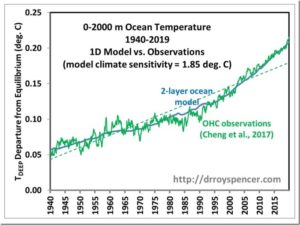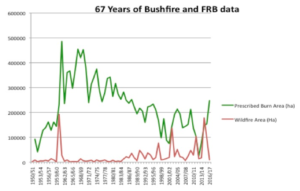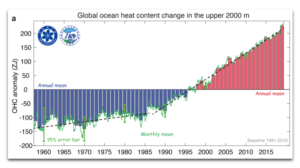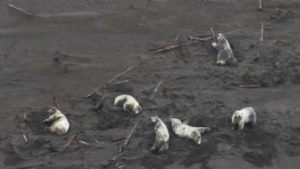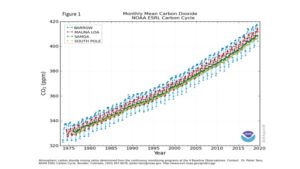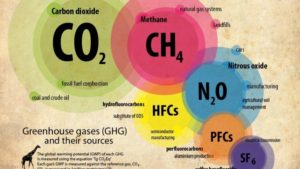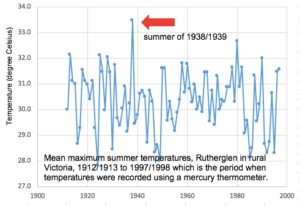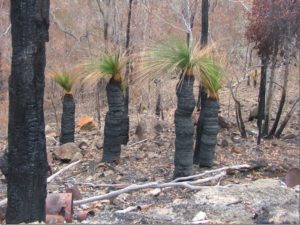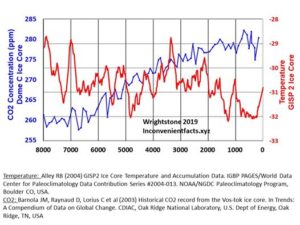by Jean de Kersvasdoué, 6 janvier 2020 in LePoint
Derrière une bataille de chiffres alarmistes se cachent des biais statistiques et des questions de fond sur ce que l’on entend par « biodiversité ».
À l’occasion des vœux à la nation, le président de la République, Emmanuel Macron, a déclaré vouloir « œuvrer en faveur de la biodiversité ». Cet objectif est noble pour de multiples raisons et, notamment, parce que certaines espèces de grands mammifères sont menacées mais aussi quelques plantes et animaux de la métropole. Les grands singes, le rhinocéros noir sont en voie d’extinction. En ce qui concerne ce dernier, selon l’UICN, il n’en restait que 5 055 têtes en 2012. Or ces animaux continuent d’être chassés pour les prétendues valeurs aphrodisiaques de leur corne revendue 40 000 dollars le kilo à Shanghai. On comprend pourquoi les braconniers les recherchent et trouvent des complicités chez des gardes mal payés qui, en outre, risquent leur vie en s’opposant aux auteurs de ces regrettables massacres. A contrario, certaines espèces que l’on croyait disparues à l’état sauvage renaissent, comme la perruche de l’île Maurice ou l’oryx d’Arabie. Toutefois, en la matière, les bonnes nouvelles sont rares et la liste des espèces menacées à l’état sauvage s’allonge dans le monde du fait de la croissance de la population de la planète et de la mise en culture d’espaces jusque-là occupés par la forêt. Des écosystèmes disparaissent et avec eux végétaux et animaux qui y vivaient. Si donc préserver ces espèces est un objectif louable, il concerne rarement la France à l’exception des forêts de Guyane, mais il la touche cependant.
En France métropolitaine, le nombre de plantes supérieures, à fleurs, dites « phanérogames », donc hors champignons, mousses, fougères, lichens, algues, etc., du territoire métropolitain est d’environ 5 000 espèces sauvages ou cultivées. Pour les vertébrés, on y trouve de l’ordre de 40 poissons d’eau douce, 40 amphibiens (ou batraciens), 40 reptiles (serpents, lézards, tortues), 400 oiseaux en comptant des migrateurs qui ne nichent pas sur le territoire national, et 80 mammifères. Au total : environ 600 vertébrés. Donc, en additionnant les végétaux supérieurs et les animaux supérieurs, au sens de l’évolution darwinienne, 5 600 espèces en France. La très grande majorité n’est pas menacée et les espèces qui sont prétendues l’être (1) ne le sont pas toujours.
L’exagération est la règle
Sur les six espèces décrites comme pouvant disparaître, il y a une plante (l’orchis couleur de lait) et cinq animaux (la sterne de l’Arctique, le lynx boréal, la grenouille des champs, la tortue d’Hermann et l’anguille). On trouve l’orchis couleur de lait dans le sud de la France et en Corse, il est difficile de mesurer la réalité de la menace qui pèse sur elle (2), faute de méthode de recensement. En ce qui concerne les espèces animales, deux ne sont en rien menacées (la sterne et le lynx boréal). Si la grenouille des champs l’est dans notre pays, elle ne l’est pas ailleurs en Europe à l’exception de la grenouille des Pyrénées. Restent la tortue d’Hermann et l’anguille européenne.

La tortue d’Hermann est la seule espèce de tortue terrestre de France. Elle est présente dans le Var et en Corse. Son habitat est détruit par les feux de forêt, le débroussaillage, le morcellement des parcelles, les routes et l’habitat pavillonnaire. Quant à l’anguille européenne (Anguilla anguilla), autrefois abondante dans tous les cours d’eau et les zones humides (lacs, étangs, marais, mares, fossés), son déclin se constate depuis 40 ans. Cette régression provient de plusieurs facteurs : divers contaminants toxiques (pesticides organochlorés bio-accumulés par l’anguille), la surpêche des civelles et des adultes de plus en plus appréciés, le braconnage, les obstacles sur la route des alevins et une augmentation du taux de parasitisme (par le nématode Anguillicola crassus) qui perturbe la migration marine des adultes. Un règlement européen (R(CE) no 1100/2007) impose des mesures de connaissance et de protection et de gestion de l’anguille et semble porter des fruits.
Continuer la lecture de Actualité Débats Kervasdoué – Quelques vérités sur la biodiversité →







